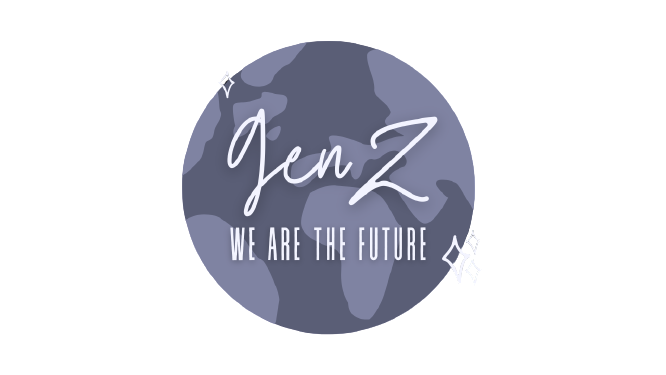The Danger that Threatens The Great Barrier Reef
What is the Great Barrier Reef?
The Great Barrier Reef is the world's largest coral reef system composed of over 2,900 individual reefs and 900 islands stretching for over 2,300 kilometres over an area of approximately 344,400 square kilometres. The reef is located in the Coral Sea, off the coast of Queensland, Australia. Accounting for 10% of the world’s coral reef systems, the Great Barrier Reef is one of the planet’s most extraordinary natural wonders and is registered as a UNESCO world heritage centre.
What is the danger that threatens it?
The Great Barrier Reef’s biggest threat is of course, climate change. According to the Intergovernmental Panel on Climate Change (IPCC), an increase in global temperatures by 1.5°C is projected to lead to a decline in living coral reefs of 70-90%. The planet is now 1°C warmer than it was at the start of the 20th century, which has already induced structural changes in reef systems. Climate change is impacting reefs in three different ways; in particular, through: global heating and thermal extremes; floods and cyclones; and sea-level rise induced by thermal expansion and melting ice sheets. Research has shown that coral reefs are more likely to die from heat stress – also known as bleaching – than ocean acidification from an increase in oceans’ absorption of carbon dioxide. Climate change also threatens fish, crustaceans and other species that rely on the reefs as habitat.
A before and after of the Great Barrier Reef.
A study released in 2020 by marine scientists at the ARC Centre of Excellence for Coral Reef Studies in Queensland found that the Great Barrier Reef has lost more than 50% of its corals since 1995 as the result of warmer water driven by climate change. It experienced three mass bleaching events in the last five years, leading to sharp declines in coral populations. Emma Camp, a marine biogeochemist at the University of Technology Sydney, is studying corals that might be able to survive in warmer, more acidic water. She says work like hers might buy the reef time while climate change is addressed, but collective action needs to be taken to reduce the world’s reliance on fossil fuels.
The Great Barrier Reef is a multi-billion dollar economic asset. Its value-added economic contribution to the Australian economy was $5.7 billion in 2011-12, supporting 69,000 jobs. About 500 million people worldwide rely on coral reefs for their food and livelihoods, which represent an economic asset worth an astounding $1 trillion. Recovery could be impossible for many of the reefs currently affected by severe bleaching if climate change is not arrested. The future of not only The Great Barrier Reef but also the world’s coral reefs depends on how much and how fast we can reduce greenhouse gas emissions now and in the future.
Gladly, there have been many projects launched to save these reefs.
One such project is directed by The Reef Restoration Foundation (RRF), which has been responsible for creating Australia’s first coral garden, where small pieces of coral are taken from Fitzroy Island and suspended from a tree-like structure to promote quick growth. Every 6 to 12 months, cuttings are planted on the reef to restore damaged sites. The site is expected to double in size in the next year, with the successful installation of 20 growing coral farms in two different locations around Fitzroy Island. Rob Giason from the RRF has expressed hope that this project will encourage scientists to work creatively on solutions to save the Great Barrier Reef.
Another way to reduce the effects of coral bleaching is through the movement of water. Scientists at the Reef and Rainforest Research Centre have proposed the idea of building a slow turning impeller. This would mix water vertically to reduce the variations in water temperature within and around the reef.
The next project involves creating a biodegradable ‘sun shield’. Such a shield could consist of only a one molecule-thick film designed to sit on the surface of the ocean. In allowing less sunlight to pass through, it is suggested that this could prevent bleaching from occurring. The shield would not be intended to cover the complete area of the GBR, but only areas that are particularly amenable to such an approach. This project, currently in the trial phase with field-testing proposed for 2021, is being led by the Australian Institute of Marine Science and the University of Melbourne.
What the Great Barrier Reef should look like.
In early July, several top scientists wrote a letter to UNESCO supporting the decision to list the reef as “in danger” in part because Australia “has so far not pulled its weight” in the global effort to reduce carbon emissions. The Australian government has faced criticism for dragging its feet on climate change—even as wildfires exacerbated by global warming scorched an area twice the size of Florida in apocalyptic blazes during late 2019 and early 2020. Prime Minister Scott Morrison has argued that Australia, which generates about 1.3% of global emissions, can’t do anything to solve the problem because Australia’s greenhouse-gas emissions make up only a small share of the global total. But that ignores the fact that Australia is one of the world’s leading exporters of coal. Accounting for fossil fuel exports increases the country’s footprint to about 5% of global emissions, equivalent to the world’s fifth largest emitter, according to Climate Analytics, an advocacy group that tracks climate data.
SOURCES:
https://www.climatecouncil.org.au/resources/great-barrier-reef-danger-zone/
http://climate.org/will-the-great-barrier-reef-survive-climate-change/
https://time.com/6083753/great-barrier-reef-unesco/
IMAGE:
Before / After [Independent Australia]
